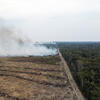You are here
Bringing Alsace's hamsters back from the brink
10.27.2023, by
European hamsters, declared critically endangered since 2020, have seen three quarters of their global population disappear in the past 50 years. Intensive cereal monoculture has been identified as one of the reasons for this decline. In the northeastern French region of Alsace, the only one where these hamsters are found, researchers, voluntary organisations and farmers are taking action to protect them. Among those taking part are scientists at the Hubert-Curien Multidisciplinary Institute* in Strasbourg. A report from CNRS News.
*IPHC, a joint research unit of the CNRS and the University of Strasbourg.
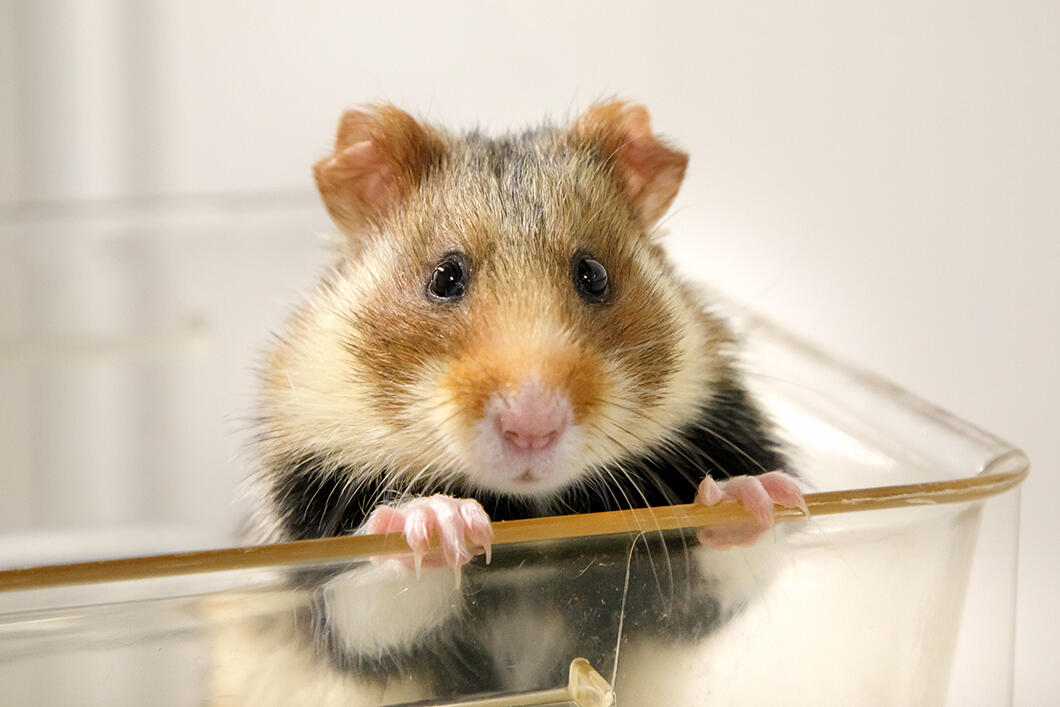
1
Slideshow mode
Freedom is just around the corner, and this European hamster (in Latin, Cricetus cricetus) can feel it. It will soon be set free in a field planted with crops suited to its habitat and diet. The IPHC's department of Ecology, Physiology and Ethology is doing all it can to ensure that the rodents are well cared for.
Nicolas Busser / IPHC / CNRS Images
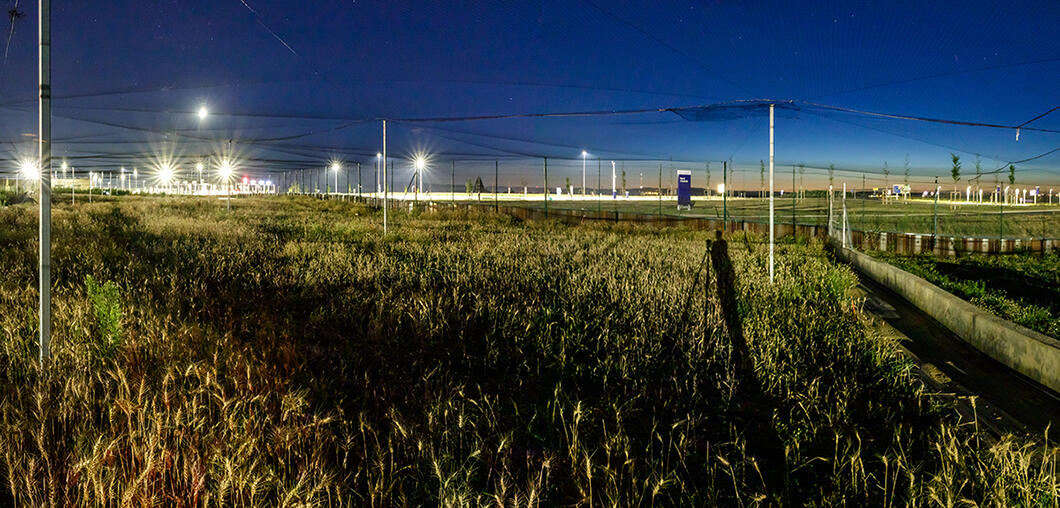
2
Slideshow mode
It's at night that the experimental set-up devised by the scientists comes to life, in Ittenheim, a small town near Strasbourg. In this enclosure covering more than a hectare, different combinations of crops are tested, and their impact on the reproduction of European hamsters analysed. The facility is a controlled semi-natural environment, protected from predators and pesticides.
Nicolas Busser / IPHC / CNRS Images

3
Slideshow mode
Every week in summer, just before nightfall – the hamsters are nocturnal – capture cages are scattered around the burrow entrances in the four plots that make up the enclosure. The aim is to count the hamsters and monitor their state of health.
Nicolas Busser / IPHC / CNRS Images
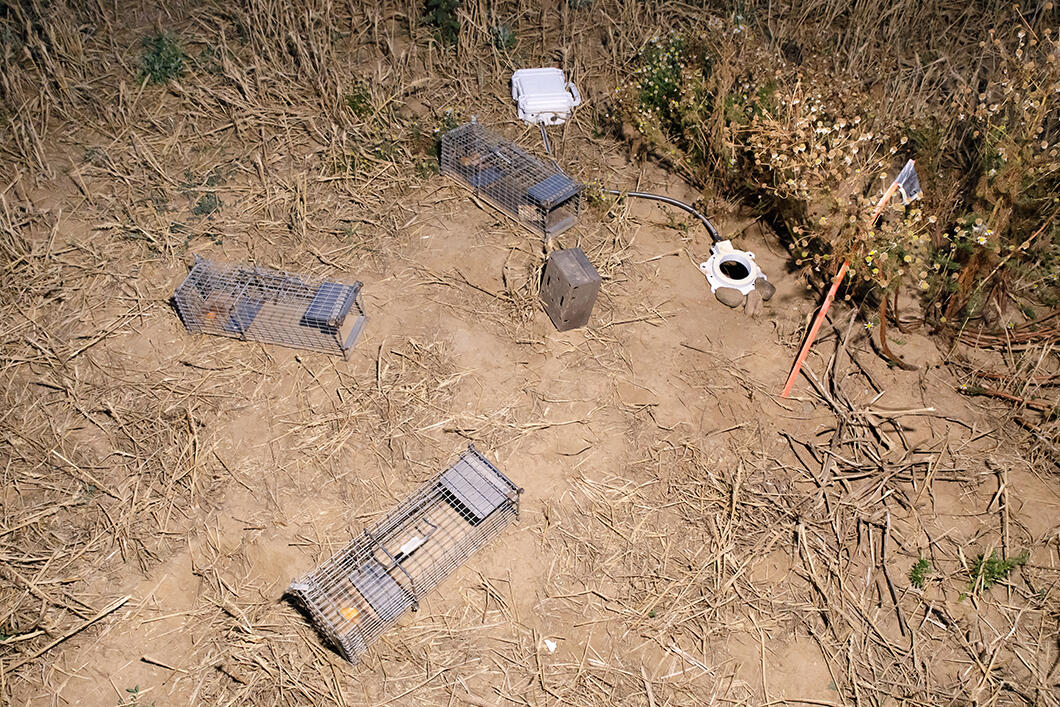
4
Slideshow mode
You can tell if a burrow is very active by the number of capture cages placed around it, in this case three. To continuously monitor activity, the IPHC uses a chip-reading antenna (white ring) and a photo trap (rectangular grey box). Each burrow is marked with an orange stake.
Nicolas Busser / IPHC / CNRS Images
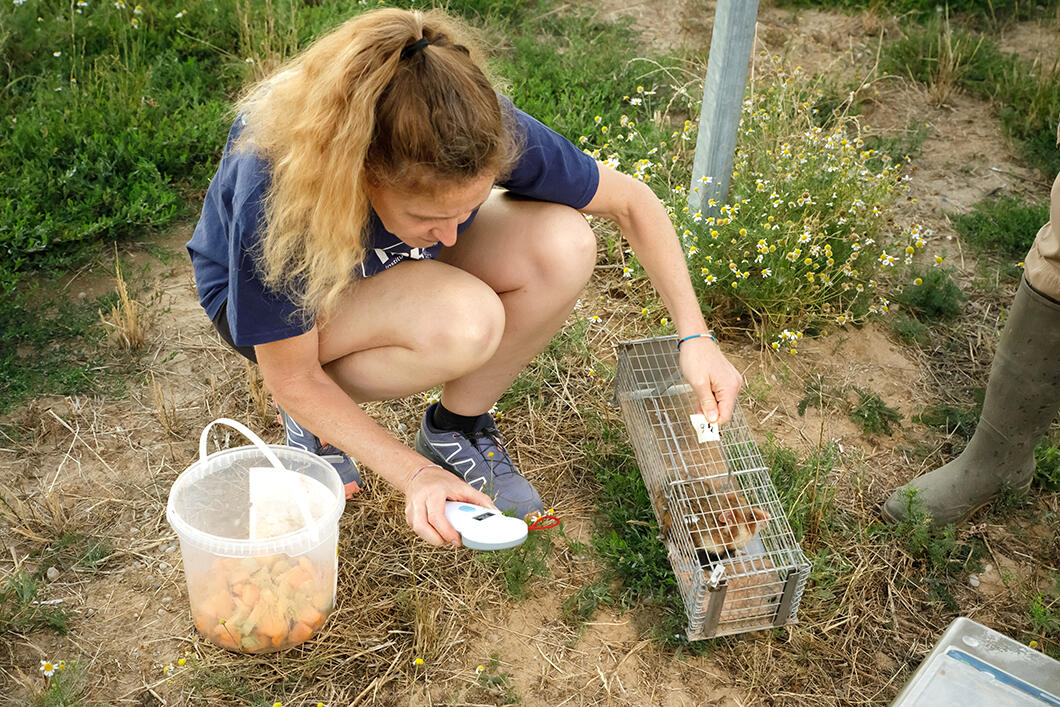
5
Slideshow mode
Caught using tasty vegetable treats, each hamster is identified by its chip, weighed and measured. The scientists record its general condition and the burrow number, before releasing it back to its plot. In this way they can assess the animal's state of health and its reproduction rate.
Nicolas Busser / IPHC / CNRS Images
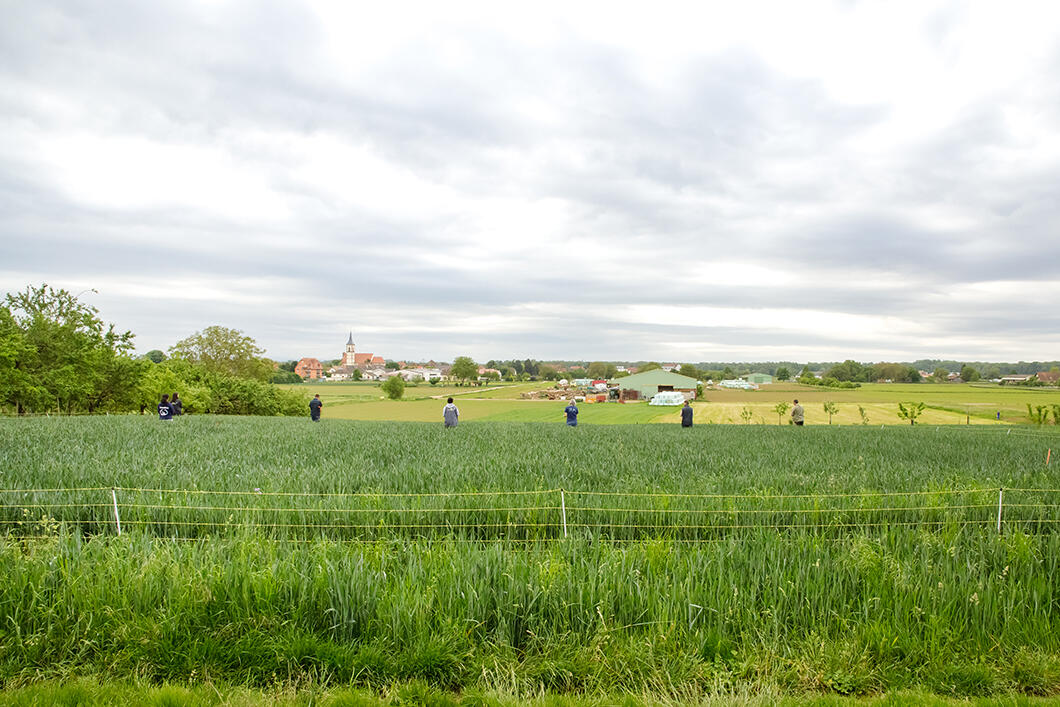
6
Slideshow mode
The scientists are also taking action to boost the population of European hamsters in Alsace. Indeed, this is the only species of hamster that lives in the wild. Before setting them free, researchers and volunteers use noisemakers to scare off the rodent's predators, mainly buzzards and foxes.
Nicolas Busser / IPHC / CNRS Images
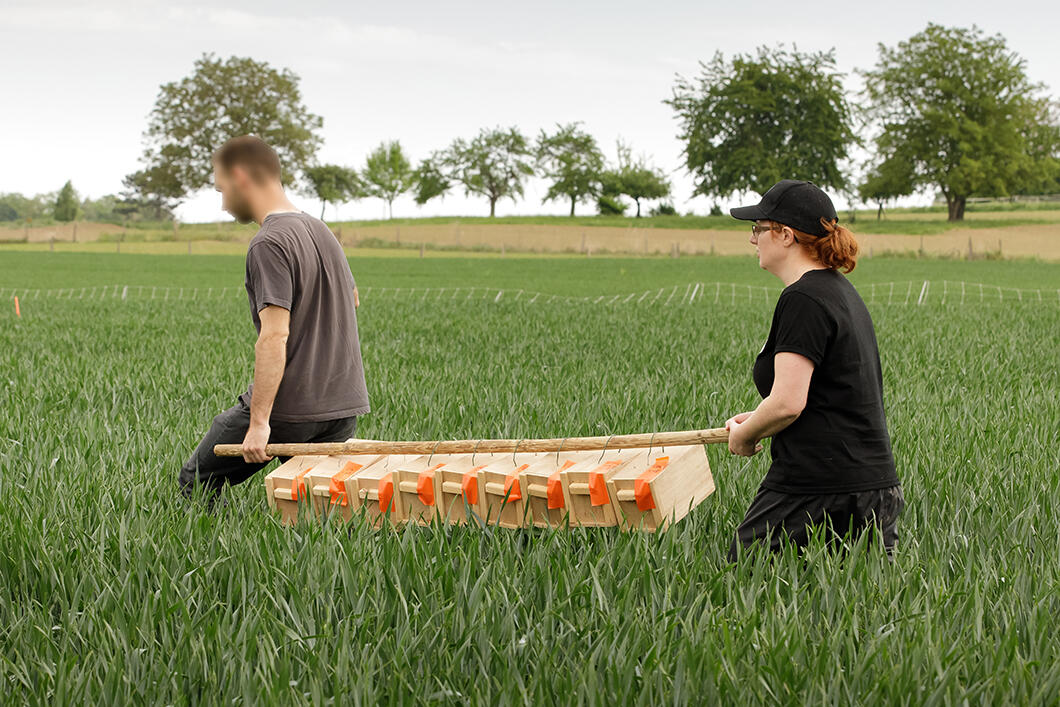
7
Slideshow mode
Each hamster is transported in a separate box, since these animals are solitary and tend to be aggressive towards their fellows. The idea is to release them into a field, in this case in Geispolsheim (also near Strasbourg), where a farmer is growing plants selected to meet the rodents' nutritional and habitat requirements.
Nicolas Busser / IPHC / CNRS Images
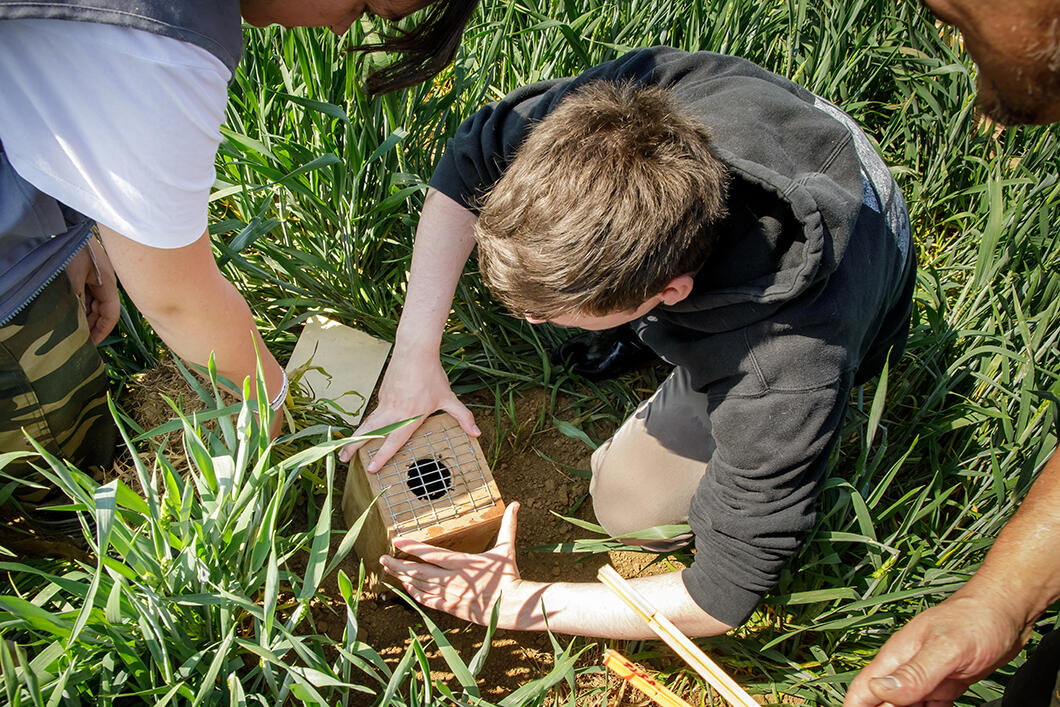
8
Slideshow mode
A pre-prepared burrow is dug to protect the hamster from predators while it is still suffering from stress caused by the journey. The transport cage is carefully placed vertically over the hole, and the trap door is then opened, letting the hamster slide gently into the burrow.
Nicolas Busser / IPHC / CNRS Images
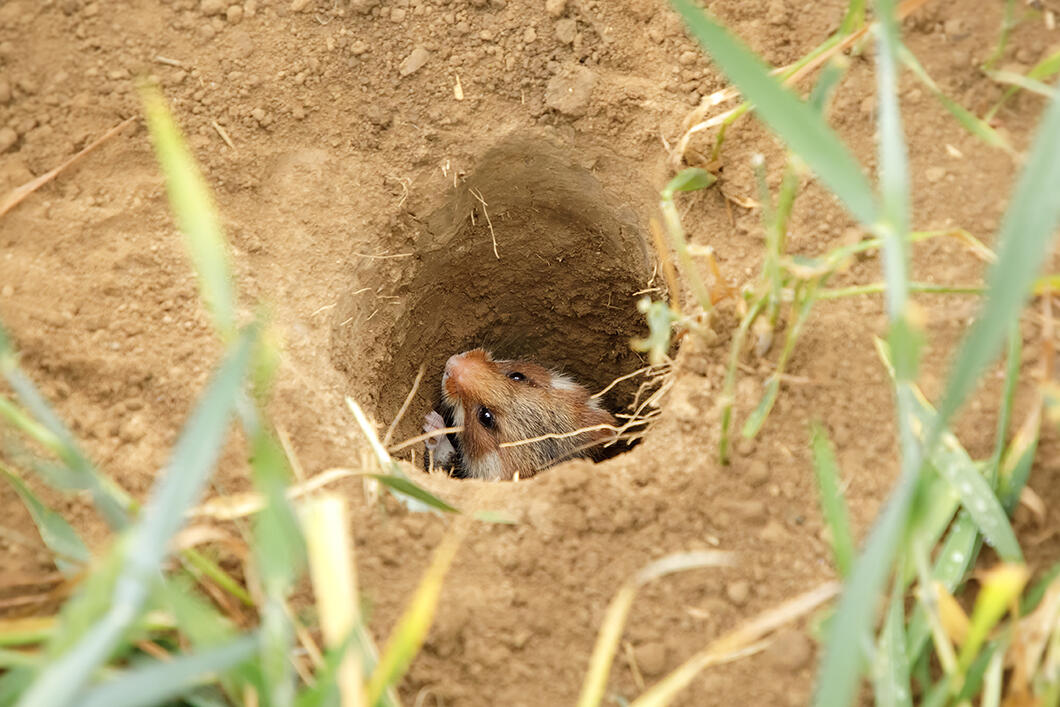
9
Slideshow mode
The pre-prepared burrow, which is about one metre deep, contains a small amount of food. It is rapidly plugged up with hay to allow the hamster to remain hidden until nightfall and emerge without difficulty. The plants grown in the field will provide it with the energy and reserves it needs to get through the hibernation period (October-April).
Nicolas Busser / IPHC / CNRS Images

10
Slideshow mode
Hunted as a pest from the beginning of the 20th century, but protected from 1993, the European hamster is critically endangered. This is partly due to excessive monoculture, as well as to urban pressure and the construction of major roads they cannot cross. In this respect, the experimental enclosure is one of the compensatory measures imposed on Vinci, the concession holder of the Western Strasbourg bypass, a motorway that cuts across a strict protection zone. The IPHC's research is part of a national action plan to protect European hamsters. This initiative will have a positive effect on all the species in their ecosystem. The earthworms that they sometimes feed on will also benefit from the restoration of the Alsace Plain's agro-ecosystem.
Nicolas Busser / IPHC / CNRS Images
Explore more
Life
Article
11/26/2025
Article
11/24/2025
Article
09/24/2025
Article
09/01/2025
Article
08/07/2025
Ecology
Article
10/20/2025
Article
04/18/2024
Article
09/20/2023
Article
04/06/2023
Article
02/28/2023








